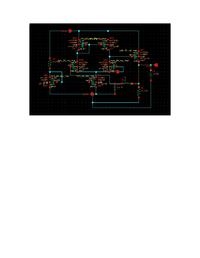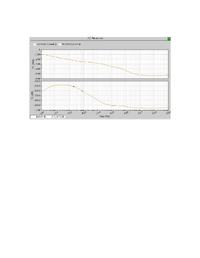bharathr87
Member level 1
transistor 1gmp
how do you find out if the system is stable or not from the frequency analysis i.e. AC analysis(using cadence spectre)
how do you find out if the system is stable or not from the frequency analysis i.e. AC analysis(using cadence spectre)

